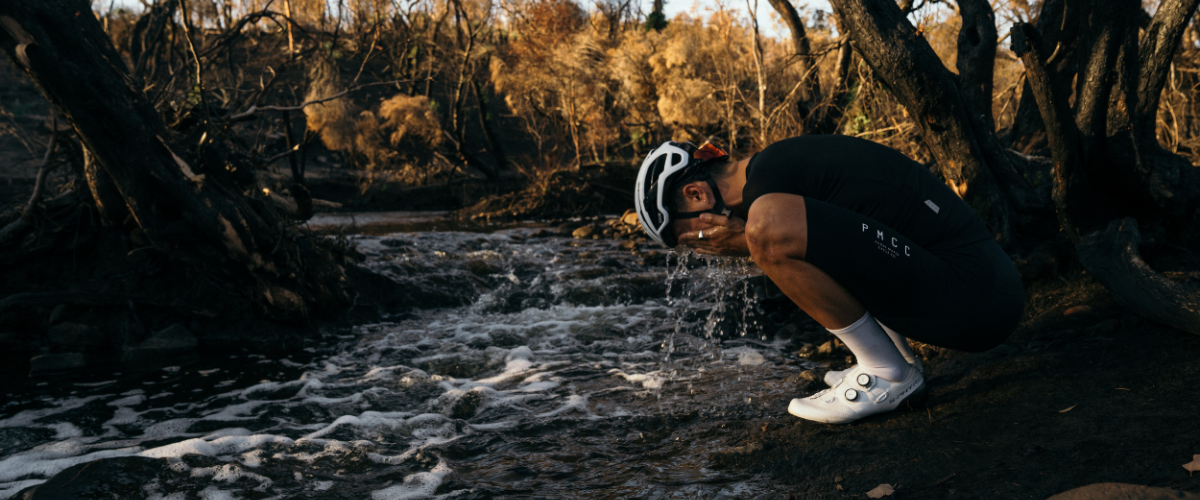Drinking. Such a simple act might raise a few questions when associated with exercising. Setting aside the “what should I drink during a ride?” question, even the more simple “how much?” might not be as simple as it seems. During exercise there are a number of factors – fitness level, exercise intensity, environmental conditions (air temperature and humidity), etc – affecting how much we sweat. There is strong scientific evidence that losing more than 2% of one’s body weight in sweat leads to decreased performances. In practical terms, this means that if a 70 kg person loses 1.5 kg during a ride, it’s could be an indication of insufficient hydration.
To make things more interesting, in high performance cycling a lower weight is often associated with better performances, especially uphill. Anecdotally some cyclists have tried to get “strategically dehydrated” to lose weight in order to improve their climbing on the final mountain of the Tour de France.
But, is it myth or reality? As one would expect, researchers have tested this hypothesis: would a cyclist get a larger performance improvement being lighter, or would performance be compromised because of the physiological dehydration status? There are now a number of studies looking at mild-dehydration and the overall effect on performance (link) and the evidence would tell us that mild-dehydration compromises performance. As such, science would recommend staying hydrated to optimise performance. Which brings us back to the original question. How much is enough?
With all the hydration science, it appears that nature has guided our evolution in such a way that our bodies know how much we need to drink (surprise!).
A meta-analysis conducted by Holland and colleagues in 2017 (link) reported that when riding at moderate intensity for more than two hours, consuming fluid ad libitum (as much or as often as desired) could actually improve performance.
As for what to drink, that is much bigger question for another day!
